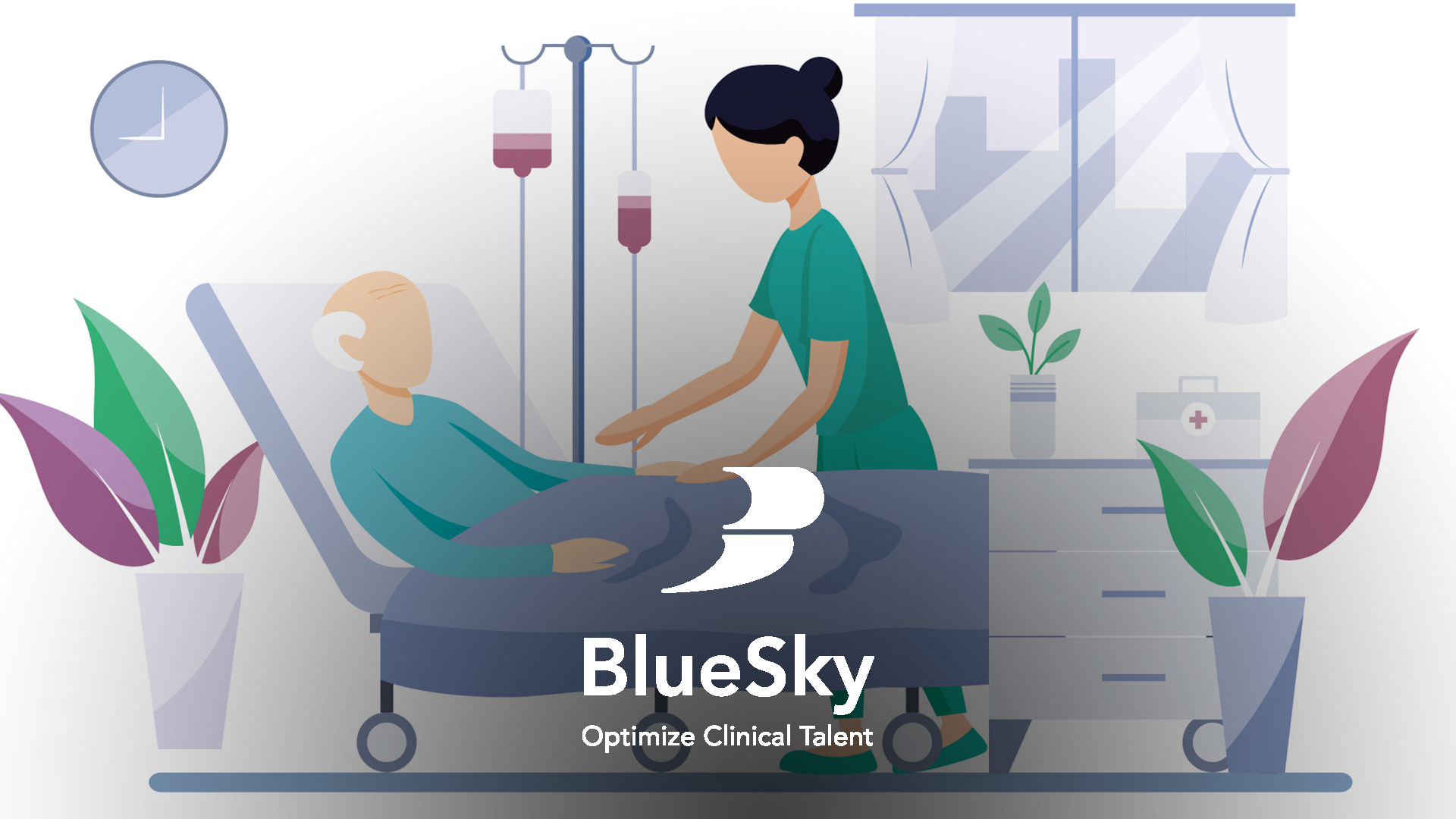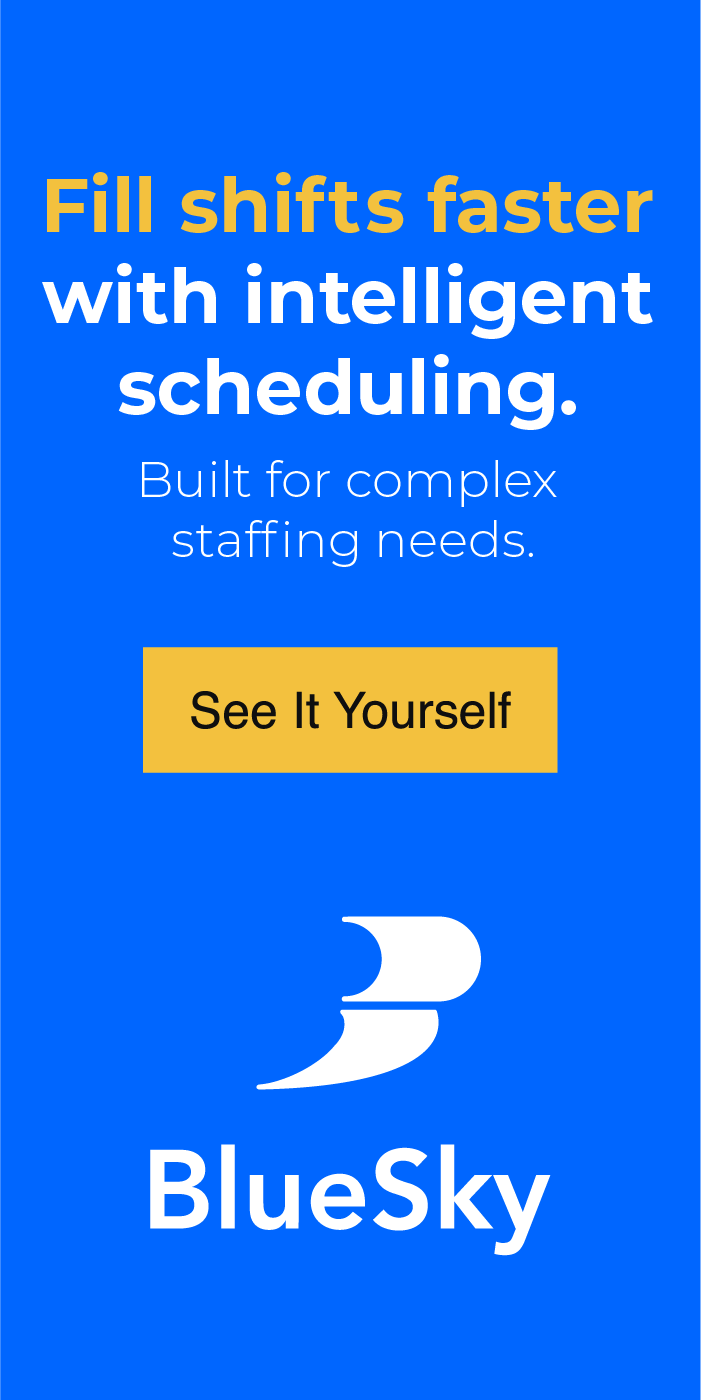In a prior post, we discussed the phenomena of nurses swapping cities simultaneously to work for 13 weeks, then returning to their respective cities. It doesn’t occur to the requesting healthcare facilities, the source of all job orders, that at the same time they are pulling travel nurses from other parts of the country, hospitals in other parts of the country are also pulling nurses from their very own backyard. It’s a tough pill to swallow knowing you are paying lodging, travel, and meals for out-of-state traveling nurses while out-of-state healthcare facilities are paying these same expenses for nurses that live in your local community. The cost redundancy benefits the key player in the entire industry model, continuing the cycle.
How did this happen if travel nursing is not cost-effective?
To understand, we revisit Henry Ford’s introduction of the Model T. He’s been quoted saying, “you can have any color you want, as long as it’s black.” Yet, this was functionally true only for several years of production. The economic lesson is simple; when demand exceeds supply, the consumer will take what they can get, even if it’s only one color. As in all business strategy, there were underlying reasons for only building black Model Ts. Painting the cars different colors would take more time from the assembly line and the process is more expensive. Since they were selling every car as fast as they could get them off the production line in 5 hours and 56 minutes, why change things?

Although Ford did have some early variation of color, it was not until competitors began providing alternative colors that Ford permanently modified his business practices. This demonstrates that even when demand exceeds supply, consumer choice will eventually prevail.
Okay, love the car analogy. How does this relate to the travel nurse phenomenon cited in the prior blog?
Similar to the Ford Model T and countless other examples in the market of supply and demand, the demand for nurses continues to exceed the country’s supply of healthcare professionals. Additionally, recruitment is especially challenging with a greater number of employers seeking candidates from the same pool. Cost constraints drive the preferred use of overtime or float pools before using temp labor. As for float pools, too many of these internal pools don’t come close to meeting demand.
We will cover why float pools are so difficult to build in a future blog.
Ford dictated what color was available just as staffing firms dictate what terms for contract talent will be available. Similar to the 1900s consumer lining up to purchase their homogeneously made Model T, so do hospitals line up to take what terms for talent the agencies will dictate.
Despite existing shortages, you can bet there are nurses in your local community fulfilling your exact needs for another hospital in another state. Although the lure of travel is a great motivator, IRS regulations require a certain amount of time living in the worker’s tax home. Travel is only considered travel by the IRS if it’s not a permanent residence (https://www.irs.gov/taxtopics/tc511).
Learn more about BlueSky Medical Staffing Software’s complete contingent labor management solution with a demo!
Is this really a perk for travel nurses? On top of credential and license management, their taxes give a new meaning to paperwork overload.
This year, in the wake of the COVID-19 pandemic, the United States lifted a few credential requirements for medical professionals practicing across state lines. Those professionals have a permanent residence, i.e. the location on your driver’s and other licenses, a tax residence, i.e. the location where you earned most of your income, and a legal home, literally the roof over your head. All working healthcare professionals who performed contractual labor or earned income over state lines will need to file taxes specifically regarding their permanent residence, tax residence, and all states that were included in the work for the year.
If the healthcare facility can only see “so much,” it is safe to presume the traveling nurse has a narrow view of the industry too.
Now you are aware there is a massive burden behind the travel nurse process for the nurse. There is still a financial burden to the healthcare facility whether it is passed down the stream to the subcontracting agency or even the agency’s nurse; the same nurse you would eagerly offer the position to at a fair pay rate.
Is it possible for you to reach that specialized registered nurse, living twenty minutes from your facility campus, who is finished with their recent travel assignment? If you could, there would be a good chance they would be willing to work a week or two to assist with vacation, sick leave, or other shortages you are faced with. Can this happen without the commitment of a six, eight, or 13-week contract? Could you buy a Model T in the color white in 1925?
You likely would not even make it to their voicemail and it’s a result of MSP-driven perceived burden, risk, and cost-efficiency. Right now, the agency controls the supply and the demand, through the MSP model.
It’s purely mathematics. Nationwide, staffing firms can retain about 25% of what they bill for overhead and profit while only 75% going for the direct costs associated with that labor.
To illustrate the concept, let us take an extreme example.
Say that a labor and delivery nurse is flown in from a distant city for a 13-week contract at $80 per hour.
If they work an average of 36 hours per week, that a total bill rate of $37,440 (13 weeks X 36 Hrs. $80).
The agency will retain 25% of this for overhead and profit which totals of $9,360 (25% X $37,440).
That is 25% less..
- Revenue to the healthcare facility to reinvest in their permanent staff and internal pools
- Salary and base pay that the healthcare provider has the potential to earn for their efforts
Do healthcare facilities realize the cost detriment in travel nurse contracts? Do healthcare professionals and new nurses notice the short-change compared to their local colleagues?
Return to the local labor and delivery nurse, back in town after finishing a travel assignment.
Your medical facility can offer 36 hours per week for two weeks at a reduced, non-travel rate of $60.
Two weeks at 36 hours each at the rate of $60 creates a total bill of $4,320.
The agency captures 25% of that or $1,080.
The 13-week travel contract delivered $9,360 to the agency after the labor costs, and the two-week contract only delivered $1,080 after labor costs.
In this scenario, an agency would have to create at least 8 of these two-week contracts to equal what one 13-week contract would produce. The time, paperwork, and credentialing work are also multiplied 8 times what the single contract required. If you are an agency, which of these would you offer?
Henry Ford and the Model T mirrors the MSP model in healthcare temporary staffing.
“Supply and demand” demonstrates that the price of a commodity is driven by the prevalence of a resource. The Model T was only available in Black, justified by the economics of the decision. however, throughout its manufacturing, the efficiency improved to where this original justification was no longer applicable. It did not save time or budget to only provide the vehicles in a single color. This did not change until competitive alternatives were introduced and the business practices had to adapt to the new options.
Is the temporary staffing industry dictating choice due to economics, or is the travel aspect of nursing so attractive it is the only answer for the acquisition of supply? What is driving this staffing practice?
It is not economics – nursing is the occupation with the highest demand in the country. In regards to travel appeal, we certainly do not see the travel nurse favoring the extra complexity, and seldom is this undertaken without a travel nurse staffing agency spinning the wheel.
Food for thought.
- Nurse enrollment rates are increasing only 3.7% YOY. With more supportive shock, baccalaureate and graduate programs turn away over 75,000 qualified applicants annually due to a lack of educational resources.
- Nurse demand is anticipated to increase 12% by 2028. Only 8 years away and a bachelor’s program taking four years if you can even gain acceptance due to limited educational resources.. do you see the ever-widening gap?
- Registered Nurse salaries are NOT increasing and haven’t since 2015. Hard to believe that “record-breaking economic growth” and “record-breaking demand for RNs” does not translate to substantial compensation. This is a primary contributing factor to the nearly 30% turnover rate for new RNs in their first few years of practice. This is a fun one to see the specialty break-down as well.
- Nurse retirement rates are increasing with the age of the Baby Boomers. In 2018, a little over half (50.7%) of the RN workforce was 50 years or older. The real kicker here is all of those nurses with decades of relevant experience and medical expertise will no longer be available to support and mentor the less experienced.
- One nurse to every five patients. California remains the only state in the nation to implement a regulated staffing ratio. Since 2004, California has demonstrated that this practice increases employment, lowered the rate of nurse illness and injuries, and reduced patient impact and related costs. Bet their staff pool for overtime also grew.
—
BlueSky Synergy is the parent company of BlueSky Medical Staffing Software (www.whatisbluesky.com), Nurse Backpack (www.nursebackpack.com) and RapidHire Tool (www.rapidhiretool.com).
BlueSky Medical Staffing Software is an applicant tracking system, vendor management software, nurse and staff scheduling tool with invoice/payroll capabilities in one suite for contingent labor management.
Original content by Tim Teague and the BlueSky team.

